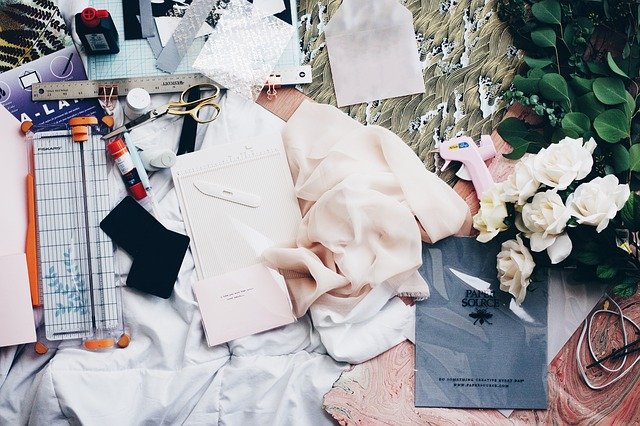Every day, people from all over the world get piercings. From a belly button piercing to a nose piercing- there are plenty of options. But one of the most popular piercings is a chin piercing. Chin piercings can be done on either side or in the center and they heal relatively quickly with no scarring, making them perfect for anyone who wants to add some flair to their face but doesn’t want anything too permanent!
There are many reasons why people choose to get their chin pierced in particular. It’s an easy target; most people don’t have hair that covers up their face or neck, so it is incredibly easy for piercers to see where exactly they want the needle to go when giving someone their first facial piercing.
A chin piercing can also be done on either side of the face (known as ‘lateral piercings’) or in the center, depending on personal preference.
Another reason why people often get chin piercings is because they heal relatively quickly compared with other parts of your body- meaning that you won’t need to wait too long before you can show it off at the next big event.
If having a piercing through your mouth is out of the question, chin piercings are generally easier since they require minimal discomfort during and after the procedure!
How is a chin piercing done?
A chin piercing is done with the use of a needle, which pierces through the skin to create a hole in which jewelry can go. Some people have experienced problems when having their chin pierced at certain types of piercing shops, so it’s important to find a reputable shop with medical-grade equipment and sterilized needles before you get your piercing!
What does healing entail?
After your piercing is complete, there will be some swelling and redness around the area- similar to what happens after getting a brow or lip wax. Keep an ice pack on it for relief during this time, and leave the backing in place until you need to change it.
Wash your hands well before touching the area and carefully remove the backing to make sure you don’t tear it while peeling. Use a cotton swab to apply some antibacterial ointment before re-applying your backing and carefully pressing back into place. You can eat something salty if you’re experiencing slight swelling or pain, which will help with discomfort.
Occasionally during the healing process you may see dry skin, redness or crusting around the piercing site. If this appears, be sure not to pick at it but gently clean with antiseptic solution and then re-apply ointment afterwards. It’s also normal for any itching or tenderness around the area until the nerves have healed completely- which could take up to 6 months!
A chin piercing generally takes between 4-8 weeks to heal completely.
Which side of the face should I get my piercing on?
Although it is possible to have a chin piercing done anywhere along the bone below your lower lip, it’s usually best if you go for one that’s at least 2-3 cm away from your teeth and gums.
Piercing directly into your teeth can cause damage, which will result in root canal surgery or worse! However, there are no problems with having piercings beside your teeth- just make sure you’re aware of how close they are before going through with anything.
What type of jewelry can I use?
It’s generally advised not to switch up the style or shape of your jewelry until after healing process has been completed (around 6 months). Once you have healed, you have the choice of either having a straight barbell or curved barbell. It’s best to go with what is comfortable for you since they are both equally good at healing.
A chin piercing is often one of the first piercings people get because it heals relatively quickly and can look great with any outfit! Enjoy your new addition to your daily face routine!
Although there are many different types of piercings that exist throughout the body, plenty of people end up getting their hands dirty with a basic facial piercing like a chin piercing.


